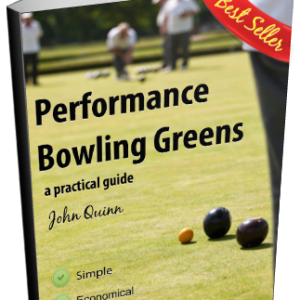When were the good old days of bowling? 1950’s? 1960’s?
For me, although I wasn’t around then, this makes a lot of sense, because it ties in nicely with a huge change in agricultural practices in the UK. This led to big changes for greenkeeping too.
Author: John
Master Greenkeeper John Quinn is the author of Performance Bowling Greens, and several other titles on Greenkeeping, Club and Business Management.
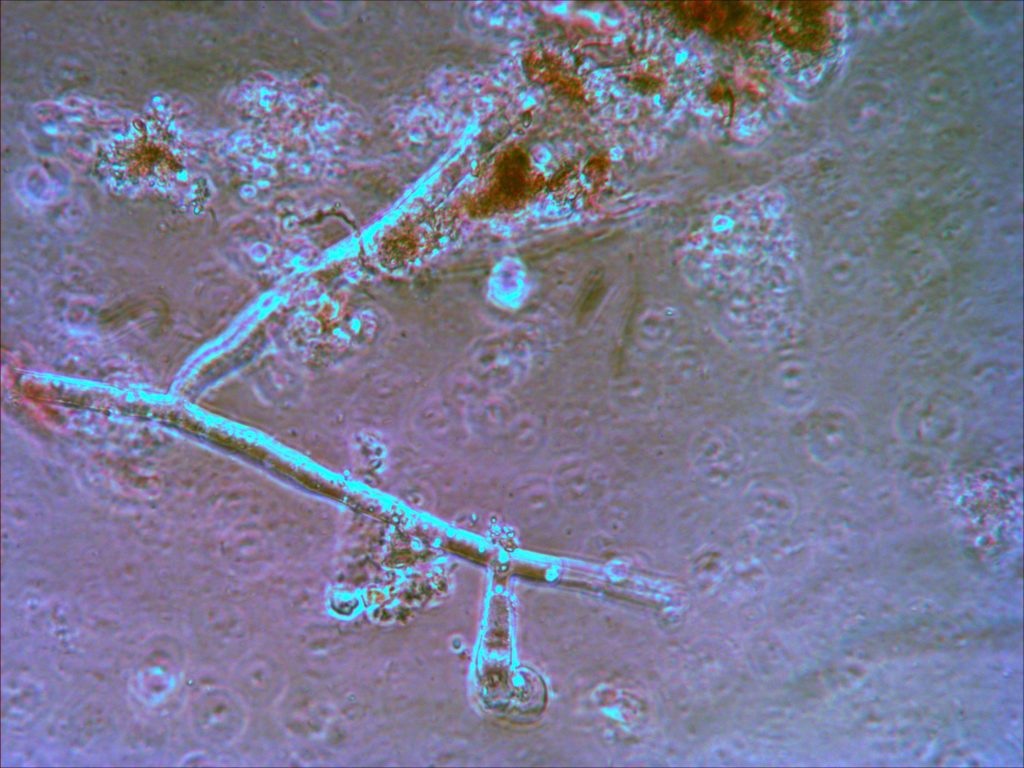
The Role of Microorganisms in Soil Health
The Role of Microorganisms in Soil Health is vast and in many cases misunderstood. For decades we have been obsessed with the potential harm that just a few pathogenic microbes can cause, instead of learning to think of the soil as an eco-system. We've learned the hard way about that approach and now that pesticide availability is being reduced we need to start taking this seriously. Excellent article here from Christopher Johns, Research Manager, Northern Australia and Land Care Research Programme
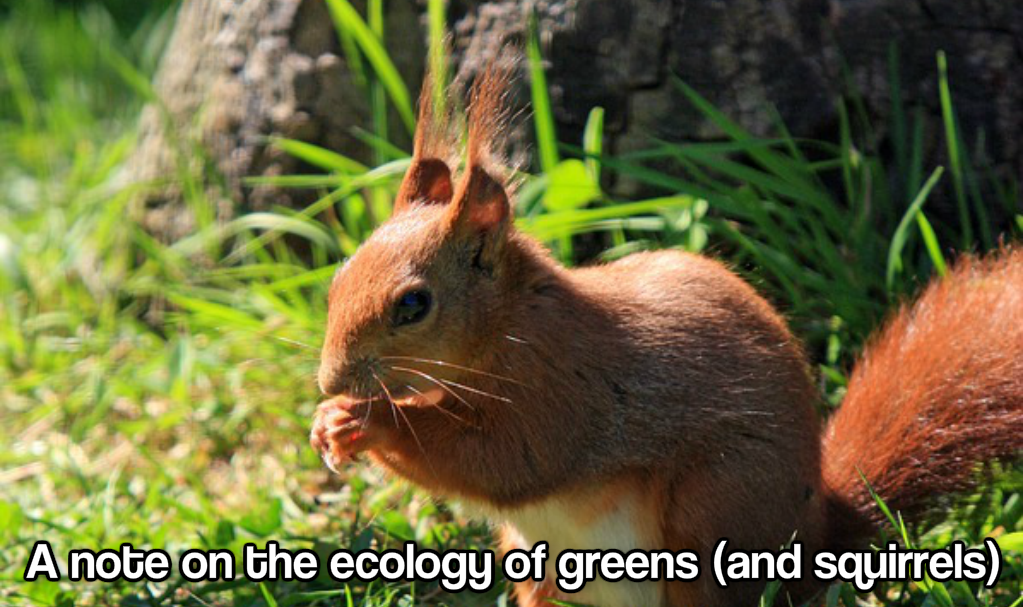
A note on the ecology of greens (and squirrels)
Understanding that the ecology of greens exists and what that means is more important for greenkeepers than understanding how that ecology works or indeed any of the scientific components of ecology in isolation. Stepping back and letting nature do its stuff can yield remarkable results.
In this article you'll discover how some commonly applied greenkeeping techniques are actually rather blunt instruments that can result in more harm than good. Top-dressing, applying lawn sand and fungicides are routinely applied to greens in an effort to treat the symptoms of common problems in the soil.
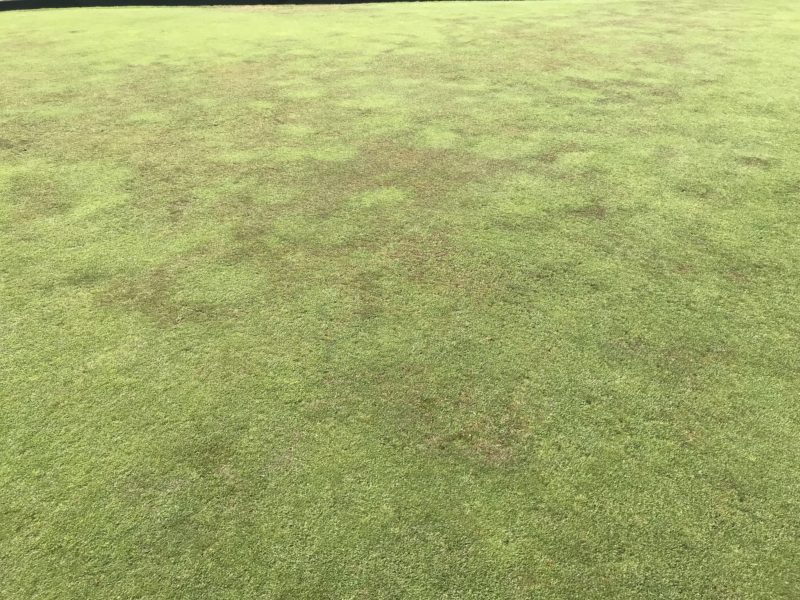
Ecology 8. More disturbing news for bowling clubs
Last time, I introduced the subject of Disturbance in bowling green ecology and maintenance. I finished by posing the question; How can we use disturbance theory to our advantage in our quest to create a Performance Bowling Green?
To answer that, let’s look at what might constitute Disturbance in the average bowling green. As greenkeepers we actually have an impressive amount of potential influence we can bring to bear on the turf environment; some good and some bad. We can think of these influences as pressures and by applying them with the right force we can manipulate the bowling green eco system (to some degree) to our advantage.
Last time we also discussed Stress factors, which when compared with physical disturbance from our machinery and bowling, can seem innocuous, but the overall affect of say LDP can easily be more damaging to our turf in the long term than an obvious physical disturbance like hollow tining.
Every day Greenkeeping and bowling can have a high disturbance value and put the very grass we are tending under a lot of stress. Mowing, verti-cutting, wear from bowling, pests, diseases, disorders, aeration, top dressing, water and nutrient availability and soil pH can all cause stress to a greater or lesser degree and this will change depending on grass species, general green condition, weather and soil type/condition.
Well the answer is clear then isn’t it? Maybe if we just do nothing (which is the right thing sometimes) the green will improve on its own. If we had unlimited time and didn’t need the green to be prepared for bowling, then I would say absolutely yes, leave it alone, bar maybe a sheep or two and it would sort itself out easily. There would be no thatch, compaction or LDP either. But we don’t have that luxury so we need to intervene to get our green in the shape we want, especially if our green has been subjected to what has become conventional or traditional greenkeeping.
The transition from a failing green that is deep in the grip of the Circle of Decline to the Nirvana that is a Performance Bowling Green is something that needs a fair deal of skill and a great deal of patience and consistency of approach. Once we are in utopia with a Performance Bowling Green we can start to think of backing off on the heavy, physical maintenance and begin to implement a low disturbance diet.
Once we have reversed the process of decline the bowling green can and will improve quickly, but it’s at this time that we need to exercise caution and stick with the program, avoiding slipping back into the old patterns of maintenance at all costs.
Using Stress to Our Advantage
At that stage we can start to use the stresses of disturbance to our advantage. The plan is to create a healthy, settled green first and then put the thumb screws on the undesirables like annual meadow grass slowly but surely, all the time making sure that the techniques and intensity of maintenance we use don”t put the bent and fescue component of the sward under undue stress.
Disturbance can be used to get the ball rolling on green transition from 100% annual meadow-grass turf with squidgy, thick thatch at the turf base over a claggy clay soil. The first steps would include making sure there is physical drainage to take away excess water.
The program would then move on to the renovation phase which would start with aggressive compaction relief. Then a series of operations to physically remove thatch would follow and this could include, intensive core aeration, deep slotting/scarification and maybe even top dressing with sand (yes you read that correctly) if the conditions demanded it.
When in the grip of the Circle of Decline, greens in this condition usually need a high Nitrogen input just to tease a result out of them for play, so the fertiliser program will definitely need a revisit to reduce this. Watering will usually be too high also so we have to tweak and jiggle the program a little at a time in order to maintain grass cover during this major transition.
Finer surface aeration like verti-cutting will be intensified as will sarrell rollling and it will become increasingly important to keep the mower razor sharp with zero contact blade settings to maintain the health of the turf plants.
The Phases of Recovery
In Performance Bowling Greens I split the recovery and on going delivery of performance into 3 distinct programs of work that may or may not be used in parallel depending on the overall condition of the green in question. These are Baseline Maintenance, Renovation Maintenance and Performance Maintenance, leading to phase known as Continuous Improvement
The process of transition from a predominantly annual meadow grass, thatchy, compact and anaerobic, sickly green to a Performance Bowling Green is detailed in my eBook Performance Bowling Greens below
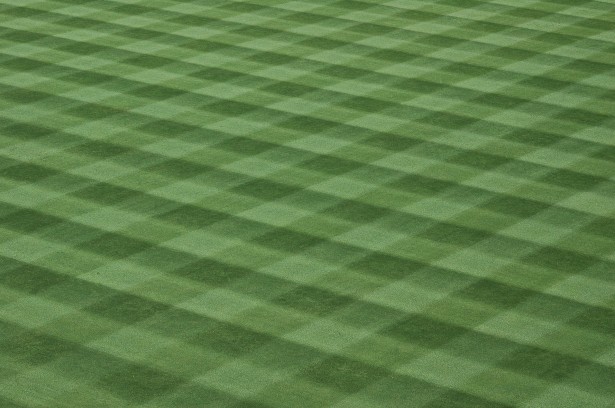
Ecology 7. Disturbing News for Bowling Clubs
In 1988, Grime, Hodgson and Hunt published their study called “Comparative Plant Ecology – A functional approach to common British species”, which on the face of it sounds like ideal bed time reading for insomniacs. However, the work these scientists carried out might make you sit up in bed and take notice when you realise how relevant it could be to the performance of your bowling green.
In this work, the authors state that vegetation that develops in a place at a particular time is governed by environmental pressures. These pressures may be categorised as stress, disturbance and competition (S, R and C) and that these vary in their relative intensities. Individual species develop their own growth strategies in order to deal with their own environmental pressures.
In Performance Bowling Greens, I introduced the concept of Disturbance Theory which is simply a way of thinking about and defining the growth strategies of each of the fine grass species we aim to grow on our bowling greens. Furthermore, by relating this Disturbance Theory to our greenkeeping calendar we can develop programs and strategies to help us create the environmental conditions that favour the species we know will produce the finest bowling surface. In the UK these are the bent and fescue grasses, but Disturbance Theory holds up for any environment, including the warm season areas of the world.
In a nutshell, Disturbance Theory encapsulates the main themes of the previous 6 articles (imaginatively labelled Ecology 1 to 6) on bowling green ecology and attempts to become the go to tool for greenkeepers to help them manage their greens in a manner that heeds the importance of ecology in bowling green maintenance. In particular it should help give lay people an understanding of how to manage the bowling green in favour of a dominance of the finer grasses. If allowed to develop, the bent and fescue grasses will provide improved playing qualities and reduced vulnerabilities compared to annual meadow-grass.
To be able to manage your bowling green eco-system correctly it is necessary to understand the nature of the pressures.
■ Stress (S) is defined as the environmental constraints to growth. This may include soil moisture (too much or too little), poor fertility (too low or too high), low temperatures, soil acidity and/or salinity.
■ Disturbance (R) is the physical damage occurring within the environment. This is particularly important for bowling greens due to our reliance on regular mowing as the main route to preparing the green for play. Regular disturbance imposes what ecologists call “selection pressure” on the environment.
■ Competition (C) is the struggle between plants to survive and assume dominance within the environment. Some plants have evolved to naturally assume dominance given the right conditions. The continual removal of leaf tissue by mowing would seem to stack the odds against our fine grasses, but these species have developed naturally in closely grazed environments, like we see on the Machair.
Of course as we’ve increasingly become aware of over this series on ecology, environmental pressures rarely act alone. There is invariably a combination of factors and stresses at work in our greens and this is largely what dictates the nature of the growing environment.
Each species has strengths and weaknesses depending on which environment they evolved to survive in. The bents and fescues are considered to be C-S-R strategists as they do not welcome too much disturbance pressure but will put up with some stresses such as mowing quite well. Poa annua (annual meadowgrass) is considered an R strategist that thrives under disturbance but does not welcome too much stress. It is quick to establish in space but struggles to get a hold in a tight knit turf of finer grass. This gives us a strong indication that what we need to do to ensure our greens favour the finer grasses is to minimise the level of disturbance and use stress as a beneficial selection pressure against the annual meadow-grass.
To set the correct environment we need to be able to play with the pressures.
Next time we will investigate further what the greenkeeper can do to influence the level of environmental pressure on the bowling green and how we can harness the effects of ecology to our benefit.

